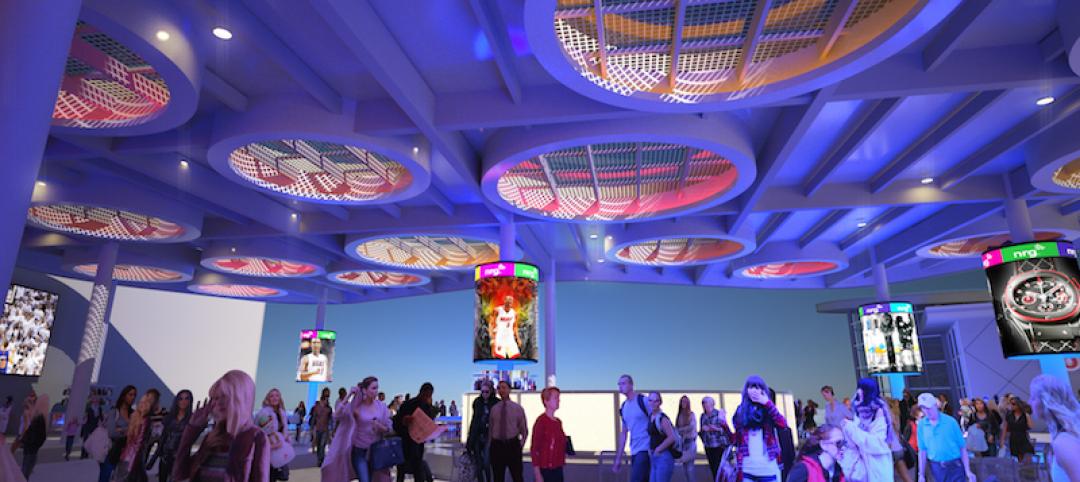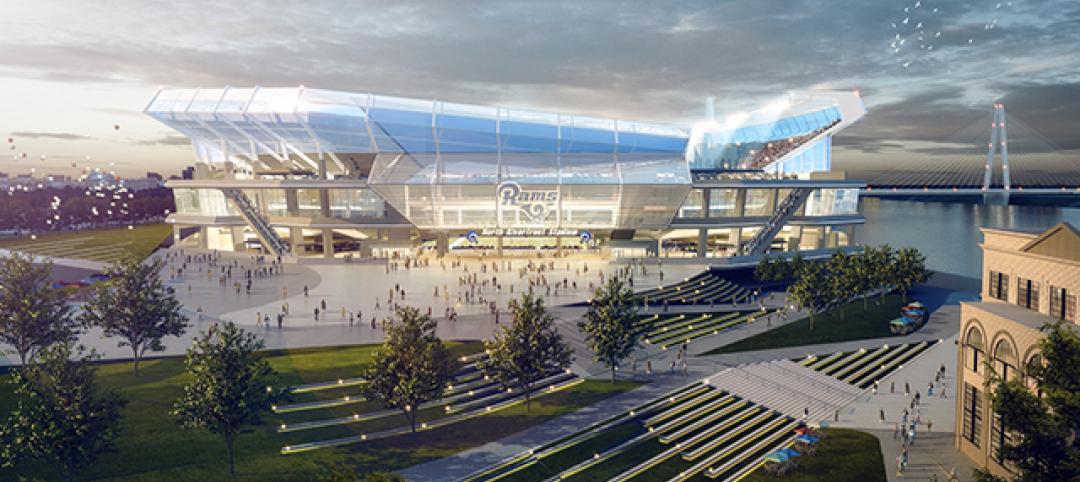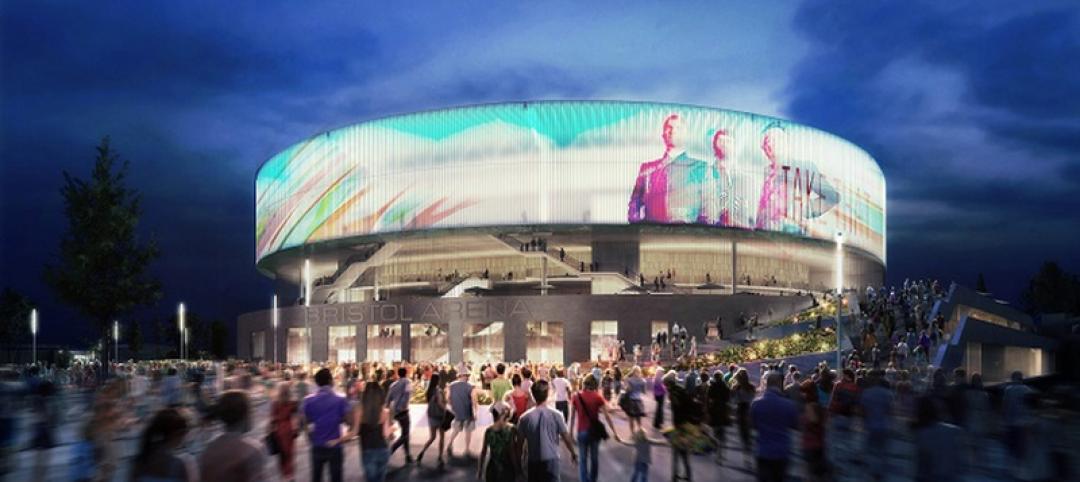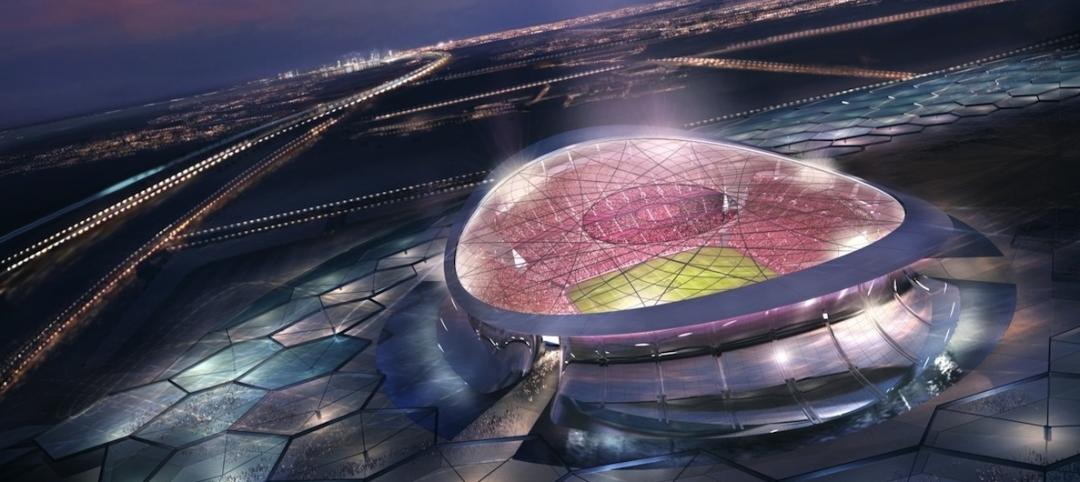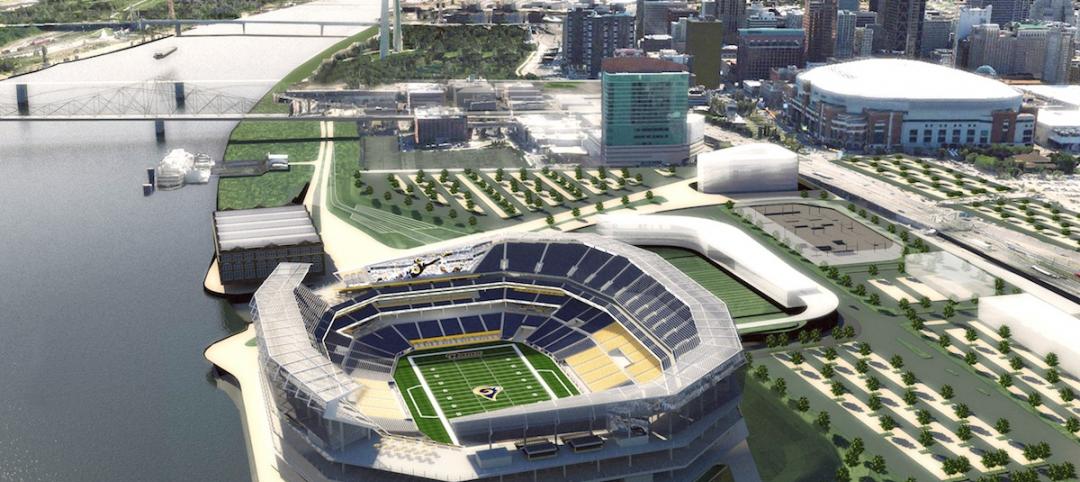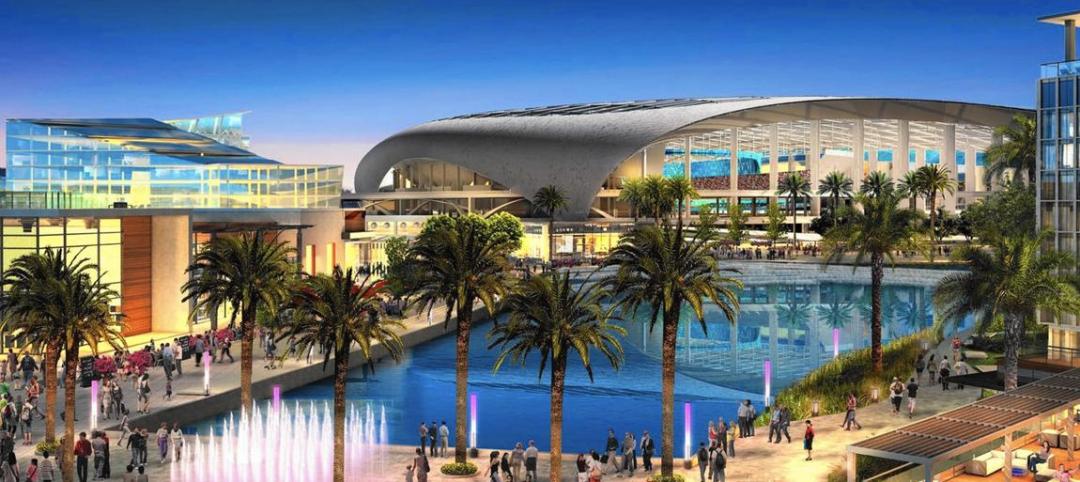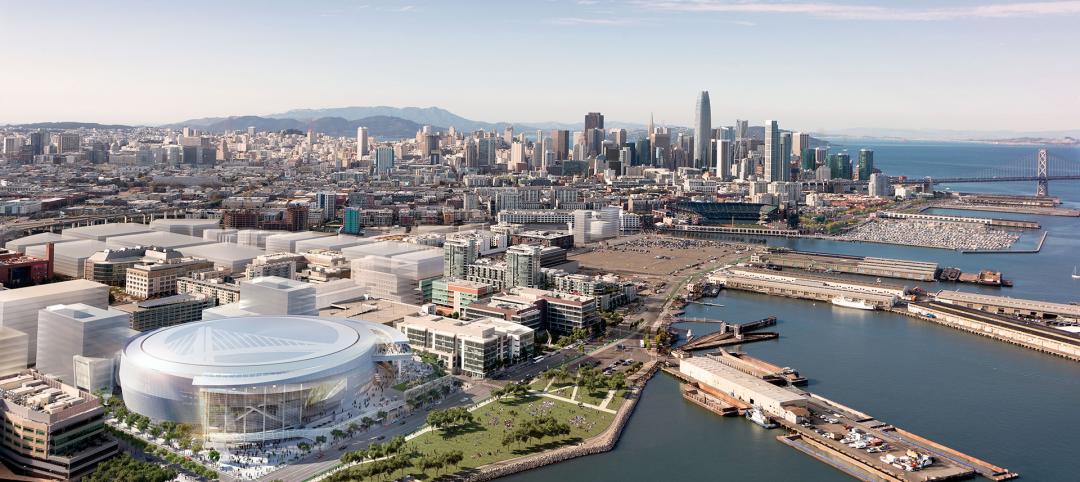The 3,800-seat Covelli Multi-Sport Arena at The Ohio State University will not take the place of the Schottenstein Center, where 19,500 can watch a basketball game. What it will do is provide a home for wrestling, volleyball and gymnastics, while also allowing for lectures, concerts, banquets, academic college’s graduation, and similar campus events.
The Covelli Arena project is indicative of a trend among colleges and universities toward mid-size, multi-use arenas that can serve the student body and surrounding community. While large 20,000-seat sports venues aren’t going away, mid-size venues provide advantages the big arenas do not in a time of budget constraints and the need for flexibility.

Obviously, a 5,000- to 6,000-seat arena is easier to fill than a larger facility. Most non-Division I schools – and even many Division I schools – struggle to fill large basketball arenas. Yet they find they can pack a mid-size arena for every event and that the energy level and experience is heightened, because fans are closer to the action. And this holds true for numerous other events that a multi-use arena allows.
Operating costs are another attractive feature of mid-size arenas. They often require a leaner staff, a smaller budget to build and operate, and are much more energy efficient than their larger cousins. Because these buildings can be used continuously, a college or university can operate them much more efficiently.

Often, the sheer scale of mid-size arenas fits better into many campus environments. The challenges of integrating a smaller venue with other campus buildings is much less of a problem than for larger facilities, and the costs of the exterior finish enclosure is more consistent with surrounding buildings is more achievable due the smaller scale.
Finally, mid-size arenas can be more “donor-friendly.” Large venues typically require a big name and a big donor. In contrast, multiple smaller scale donors can fund a significant portion of the cost of a mid-size arena.
While there are clear advantages to mid-size arenas, spectators want the look, feel, taste and smell of a big one. Making a mid-size venue seem larger is a design challenge and requires experience and creativity.
 Populous.
Populous.
For universal access, ideally, mid-size arenas are designed with the main concourse level with surrounding site; by which spectators descend into a lower bowl. The challenge here may be what is below the ground. Thorough evaluation of existing soil conditions and possible high water table can significant impact the design or even cause a new site location to be desired.
Designing a mid-size arena requires architects to depart from the large-arena mindset. Replicating a big-arena environment at a third the size requires a different approach, but also calls for design elements employed in the bigger arenas.
For example, large arenas typically have multiple large entries, while the mid-size arena likely has only one main entry. Architects have a number of options for replicating the “wow factor” of larger venues. Some of these solutions can include an oversized main entry, impactful signage and wayfinding, large scale video technology, open and inviting layout, and other elements that create the same drama and fan experience.
Center-hung scoreboards are typically too big and too expensive for a mid-size, multi-use venue. One solution is to place larger video boards and scoreboards on two of the sides and to use technology to its fullest, incorporating event-focused variety into the digital video boards and ribbon boards. Higher-end sound systems go a long way as well. The goal remains for spectators to become fully immersed in the event with all their senses.
 Pelli Clarke Pelli Architects.
Pelli Clarke Pelli Architects.
In a mid-sized arena, it’s hard to go too far with environmental branding. Incorporating both still and digital graphics effectively is crucial. If these mid-size arenas are to be more flexible and multipurpose, videoboards become important as a way to switch out digital branding and other graphics based on individual sport and public focused events.
Multi-use arenas also require flexibility in seating. One way to capture a big-venue feel is to encircle the entire perimeter with seats. A 60 percent to 40 percent mix of permanent vs. retractable seating, with fixed seats at the upper reaches of the bowl and retractable seating toward the floor is one way to accomplish this. That allows the event floor area to be opened up for varied sized events that need more space and less seating, such as an exhibit or gymnastics meet.
Building codes can also present a challenge. Codes that dictate construction type, smoke evacuation and egress apply to large and smaller buildings alike. Because the costs of meeting those codes is comparable for each, code fulfillment can eat up a larger proportion of the mid-size venue’s total budget if one does not strategize on this early in the design process.

While mid-size arenas are complex and can be subject to challenging building codes, there are ways to lessen the impact. For example, a successful solution is to design these arenas to a type A4, one-story with a basement classification; this can significantly reduce fire proofing requirements and allows it to be considered an unlimited area building. Such an approach can save a lot of budget costs, depending on the venue, allowing more dollars to be used for the building program.
These projects are exciting, flexible and sustainable. While they present challenges, the advantages are such that mid-size, multi-use arenas will continue to grow in popularity well into the future.
Troy Sherrard has more than 20 years of architectural design leadership in recreational, health/wellness, community, athletic and student focused projects, giving him an in-depth understanding of the specific design issues and solutions involved in creating state-of-the-art facilities. He specializes in managing and leading all aspects of the design process to construction with a focus on sustainable design integration and team collaboration.
Related Stories
Sports and Recreational Facilities | Jan 6, 2016
A solar canopy makes Miami’s arena more functional
NRG Energy teams with Miami Heat to transform an underused open-air plaza and reinforce the facility’s green reputation
Sports and Recreational Facilities | Jul 29, 2015
Milwaukee Bucks arena deal approved by Wisconsin state assembly
Created by Milwaukee firm Eppstein Uhen Architects and global firm Populous, the venue will be built in downtown Milwaukee. Its design draws inspiration from both Lake Michigan, which borders Milwaukee, and from aspects of basketball, like high-arcing free throws.
Sports and Recreational Facilities | Apr 24, 2015
HOK unveils renderings and video of new St. Louis NFL stadium
Retractable seating in the corners will allow the stadium to be used for FIFA or Major League Soccer matches, as it expands the field to a FIFA-regulated 120 yards long and 75 yards wide.
Sports and Recreational Facilities | Apr 9, 2015
Design for new Milwaukee Bucks arena is ‘modest and modernist’
Designed by local firm Eppstein Uhen Architects and global firm Populous, the sports venue will prominently feature a swoop, which some journalists and critics have likened to an inverted Nike swoosh.
Sports and Recreational Facilities | Mar 19, 2015
Populous design wins competition for UK's most sustainable arena
The live-concert venue will seat an audience of 12,000, which the firm says will be masked by “the atmosphere and intimacy of a 4,000-seat amphitheatre.”
Sports and Recreational Facilities | Mar 11, 2015
Foster + Partners wins bid for 2022 World Cup centerpiece stadium in Qatar
Norman Foster described the design as “an exciting step forward in stadium design—it will be the first to break the mold of the free-standing suburban concept, and instead anticipates the grid of this future city.”
Sports and Recreational Facilities | Mar 5, 2015
New HOK designs for St. Louis NFL stadium unveiled
Missouri Governor Jay Nixon has assembled a task force to develop plans for an open-air NFL stadium on the North Riverfront of downtown St. Louis.
| Jan 5, 2015
Another billionaire sports club owner plans to build a football stadium in Los Angeles
Kroenke Group is the latest in a series of high-profile investors that want to bring back pro football to the City of Lights.
| Jan 2, 2015
Construction put in place enjoyed healthy gains in 2014
Construction consultant FMI foresees—with some caveats—continuing growth in the office, lodging, and manufacturing sectors. But funding uncertainties raise red flags in education and healthcare.
| Dec 30, 2014
A simplified arena concept for NBA’s Warriors creates interest
The Golden State Warriors, currently the team with the best record in the National Basketball Association, looks like it could finally get a new arena.



